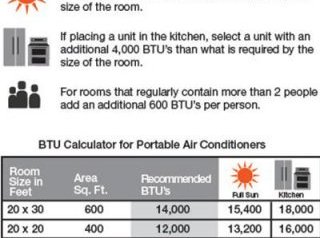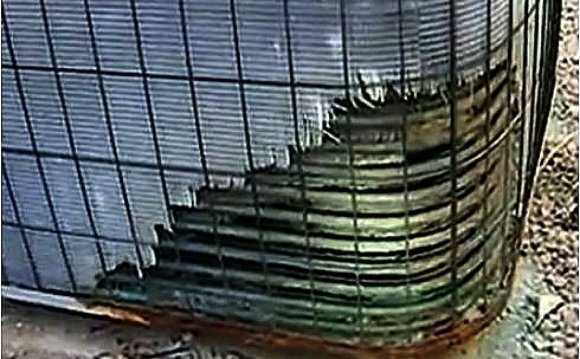
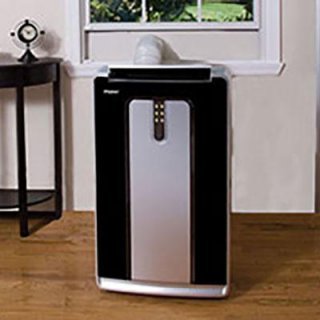
Window, Freestanding and Built-In AIR CONDITIONING Units
Air conditioners perform three basic functions: lowering the air temperature, removing air moisture, and filtering the air.
Window units are the most popular because they are affordable and easy to install. Some models can also double as a heater. Most can be installed in either a single- or double-hung window and typically come with accordion panels to ensure a secure fit. Models designed for sliding windows require a support that can be attached to the exterior of your home.
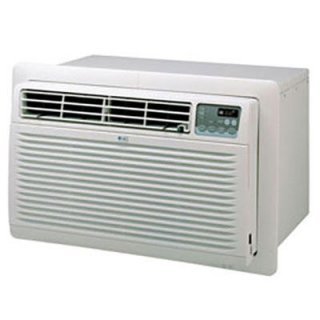 Freestanding portable air conditioners can be moved between rooms. They have a standard window venting kit for the exhaust, much like a clothes dryer is vented. Most portable units have reservoirs that need to be emptied periodically, although some come with optional hookups for a drainage hose. Other models evaporate much of the moisture as exhaust, greatly reducing the number of times you need to empty the container. Portable units can be heavy and are less efficient than newer window units.
Freestanding portable air conditioners can be moved between rooms. They have a standard window venting kit for the exhaust, much like a clothes dryer is vented. Most portable units have reservoirs that need to be emptied periodically, although some come with optional hookups for a drainage hose. Other models evaporate much of the moisture as exhaust, greatly reducing the number of times you need to empty the container. Portable units can be heavy and are less efficient than newer window units.
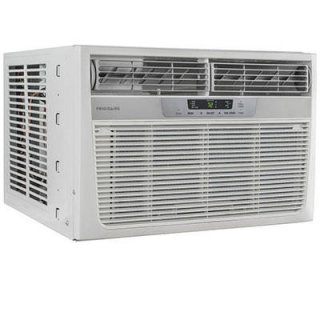 Built-in air conditioners can be installed in your wall for permanent placement and can provide both cold and hot air. They are ideal for areas of your house that may not be connected to the central heating and air system, such as a garage. Built-in wall units are more expensive than window units and they require opening a hole in an exterior wall, but they don’t take up window space and allow for a more airtight and secure fit. Larger units may require professional installation.
Built-in air conditioners can be installed in your wall for permanent placement and can provide both cold and hot air. They are ideal for areas of your house that may not be connected to the central heating and air system, such as a garage. Built-in wall units are more expensive than window units and they require opening a hole in an exterior wall, but they don’t take up window space and allow for a more airtight and secure fit. Larger units may require professional installation.
If you’re considering a home remodeling project or room addition, mini-split heating and cooling systems can save you the expense of installing ducts, which are necessary for most traditional HVAC systems. Mini-splits are becoming increasingly popular and are a great solution for homes without ductwork.
Cooling Capacity & BTUs
Choosing the right BTU, or British thermal unit, for your room size will make sure get the most energy-efficient cooling system for your home.
The BTU rating is a number that essentially tells you how quickly and effectively a unit can cool a room. Ratings generally range from 5, 000 BTUs to more than 20, 000.
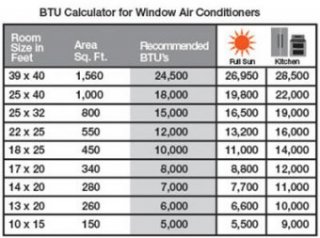 A unit with too few BTUs may not be able to cool a large space efficiently, while an oversized air conditioner in a small space will cycle on and off, wasting energy and decreasing the unit's ability to adequately dehumidify the room.
A unit with too few BTUs may not be able to cool a large space efficiently, while an oversized air conditioner in a small space will cycle on and off, wasting energy and decreasing the unit's ability to adequately dehumidify the room.
It’s important to consider factors such as ceiling height, room insulation, sun exposure, location and your area’s climate when choosing a unit with the right BTU rating.
Before You Buy Checklist
|
1. Calculate your room size |
2. Check your connections |
3. Measure to fit |
|
Multiply the room length by the room width (in feet) to get the square footage of the area to be cooled. |
Check out your power source (nearby outlet) and make sure to match the unit to that outlet. |
